Varnette Honeywood, 1950–2010
The painter who was at home with the ‘Huxtables’
Varnette Honeywood was a frustrated artist making greeting cards in the 1970s when Bill Cosby and his wife, Camille, noticed her colorful images of everyday African-American life. The Cosbys began collecting Honeywood’s paintings, and in 1984 Bill Cosby asked her to submit work for the pilot of The Cosby Show. Three of her paintings graced the fictional Huxtable family’s living room during the show’s eight-year run, while other works cycled through. “In Varnette’s work you can see teenagers doing homework, a family cooking a meal, girls doing their hair,” Cosby said.
Honeywood was raised in Los Angeles, the daughter of elementary school teachers. She had planned to major in history at Spelman College, but was encouraged by a drawing teacher there to switch to art. After earning a master’s degree in education from the University of Southern California, she taught minority students in a USC outreach program, which “fueled her desire to create positive visual images for black children,” said the Los Angeles Times. After a 1977 trip to Nigeria, her work acquired an African flavor, using simple shapes and vivid colors in a style she called “figurative abstraction.”
But it was Honeywood’s focus on simple family scenes that made her “one of the country’s most recognized black artists,” said the Associated Press. She later collaborated with Cosby on the Little Bill series of children’s books, which grew into an animated TV series.
The Week
Escape your echo chamber. Get the facts behind the news, plus analysis from multiple perspectives.

Sign up for The Week's Free Newsletters
From our morning news briefing to a weekly Good News Newsletter, get the best of The Week delivered directly to your inbox.
From our morning news briefing to a weekly Good News Newsletter, get the best of The Week delivered directly to your inbox.
The last surviving member of her immediate family, Honeywood spent recent years caring for her sick sister and mother before succumbing to cancer herself.
A free daily email with the biggest news stories of the day – and the best features from TheWeek.com
-
 Farage’s £9m windfall: will it smooth his path to power?
Farage’s £9m windfall: will it smooth his path to power?In Depth The record donation has come amidst rumours of collaboration with the Conservatives and allegations of racism in Farage's school days
-
 The issue dividing Israel: ultra-Orthodox draft dodgers
The issue dividing Israel: ultra-Orthodox draft dodgersIn the Spotlight A new bill has solidified the community’s ‘draft evasion’ stance, with this issue becoming the country’s ‘greatest internal security threat’
-
 Codeword: December 13, 2025
Codeword: December 13, 2025The daily codeword puzzle from The Week
-
 R&B singer D’Angelo
R&B singer D’AngeloFeature A reclusive visionary who transformed the genre
-
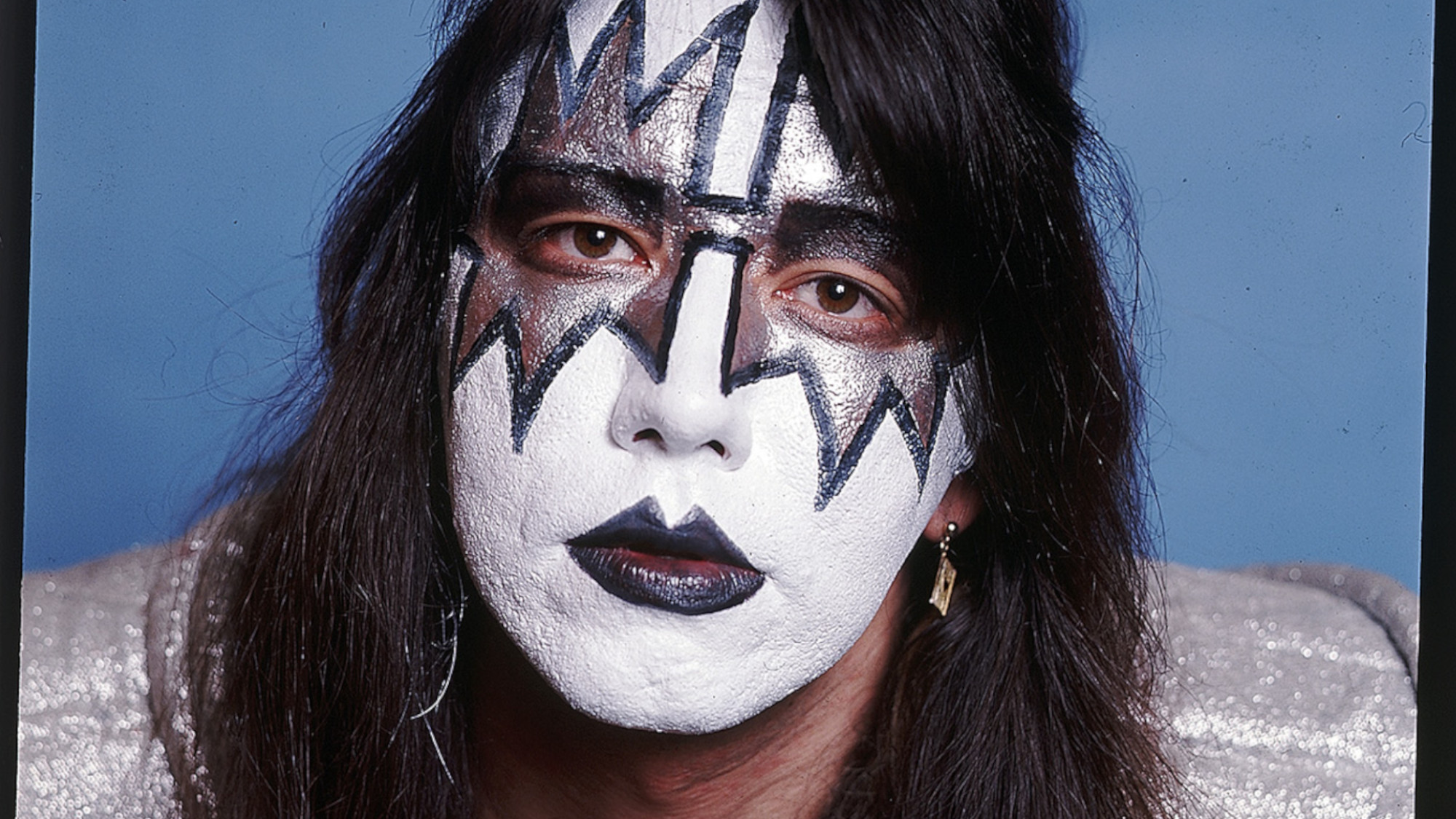 Kiss guitarist Ace Frehley
Kiss guitarist Ace FrehleyFeature The rocker who shot fireworks from his guitar
-
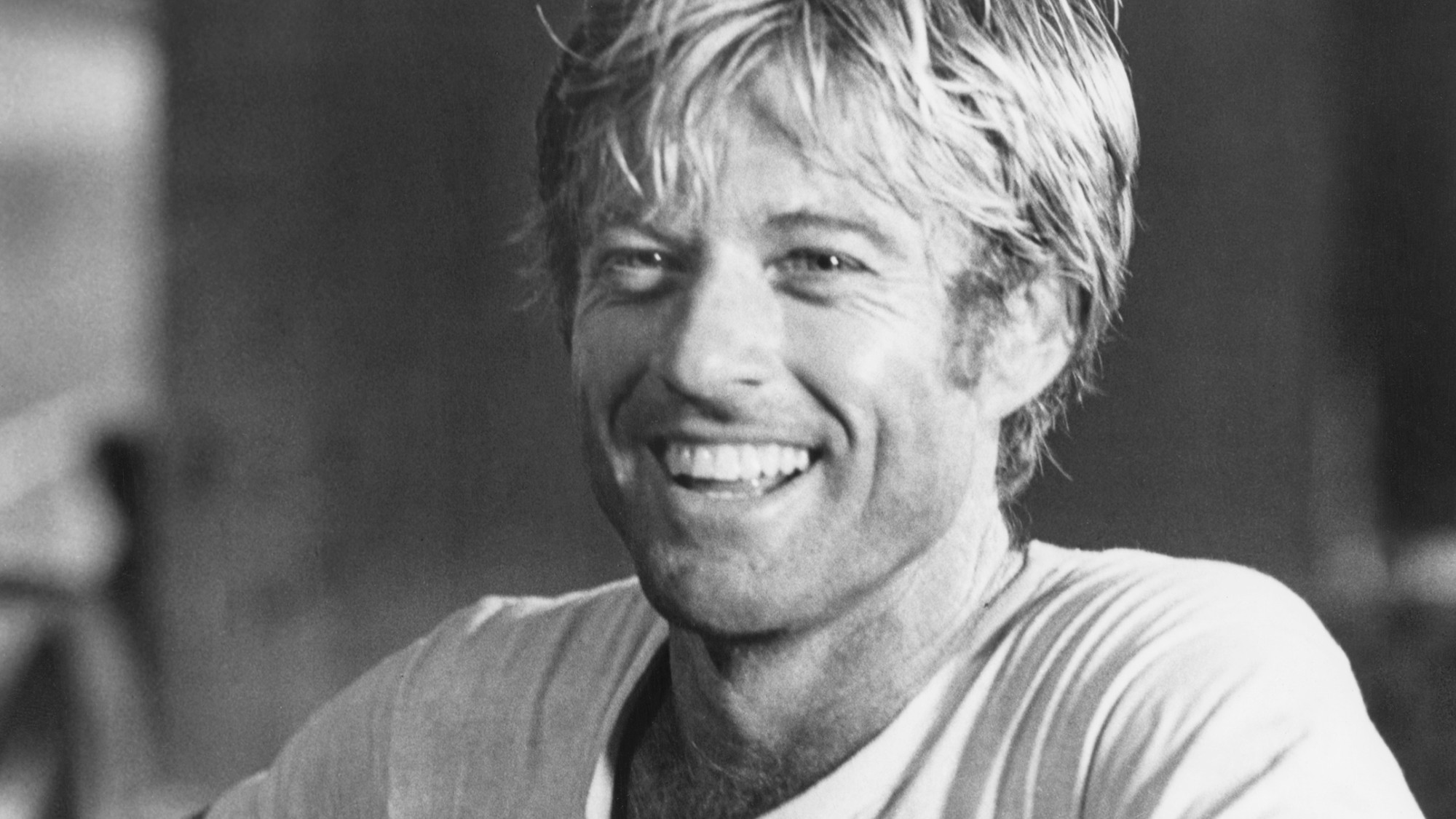 Robert Redford: the Hollywood icon who founded the Sundance Film Festival
Robert Redford: the Hollywood icon who founded the Sundance Film FestivalFeature Redford’s most lasting influence may have been as the man who ‘invigorated American independent cinema’ through Sundance
-
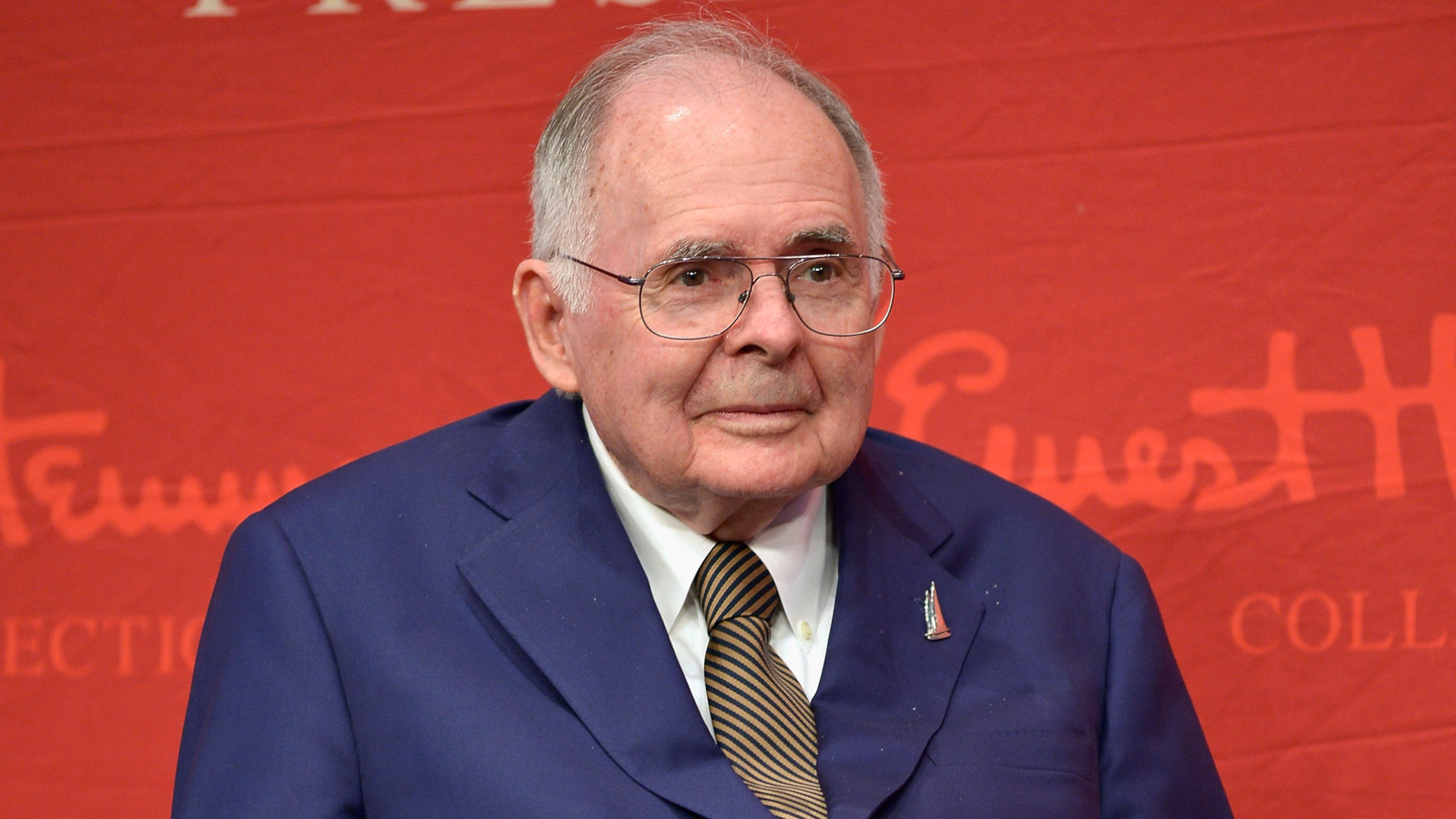 Patrick Hemingway: The Hemingway son who tended to his father’s legacy
Patrick Hemingway: The Hemingway son who tended to his father’s legacyFeature He was comfortable in the shadow of his famous father, Ernest Hemingway
-
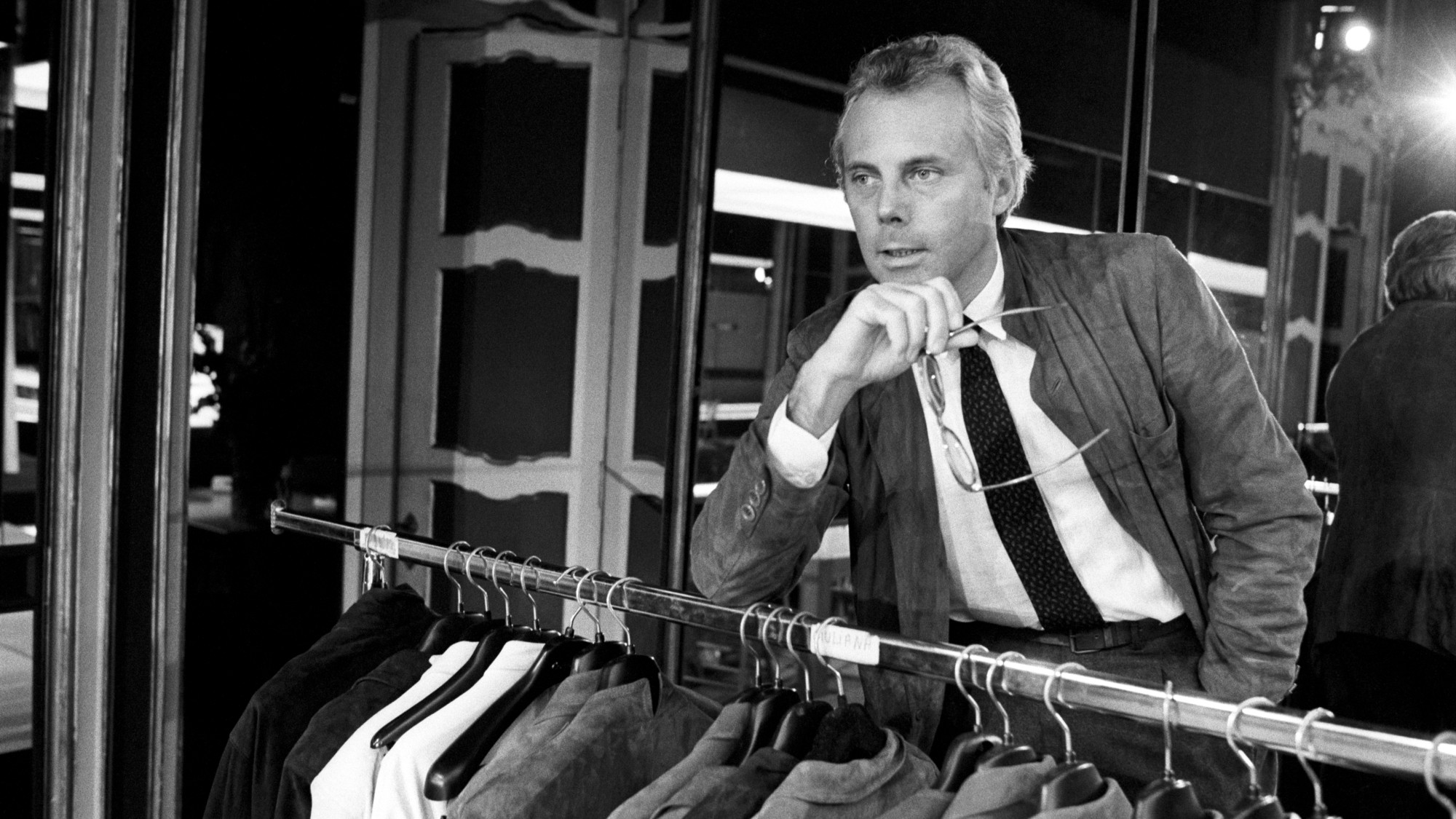 Giorgio Armani obituary: designer revolutionised the business of fashion
Giorgio Armani obituary: designer revolutionised the business of fashionIn the Spotlight ‘King Giorgio’ came from humble beginnings to become a titan of the fashion industry and redefine 20th-century clothing
-
 Ozzy Osbourne obituary: heavy metal wildman and lovable reality TV dad
Ozzy Osbourne obituary: heavy metal wildman and lovable reality TV dadIn the Spotlight For Osbourne, metal was 'not the music of hell but rather the music of Earth, not a fantasy but a survival guide'
-
 Brian Wilson: the troubled genius who powered the Beach Boys
Brian Wilson: the troubled genius who powered the Beach BoysFeature The musical giant passed away at 82
-
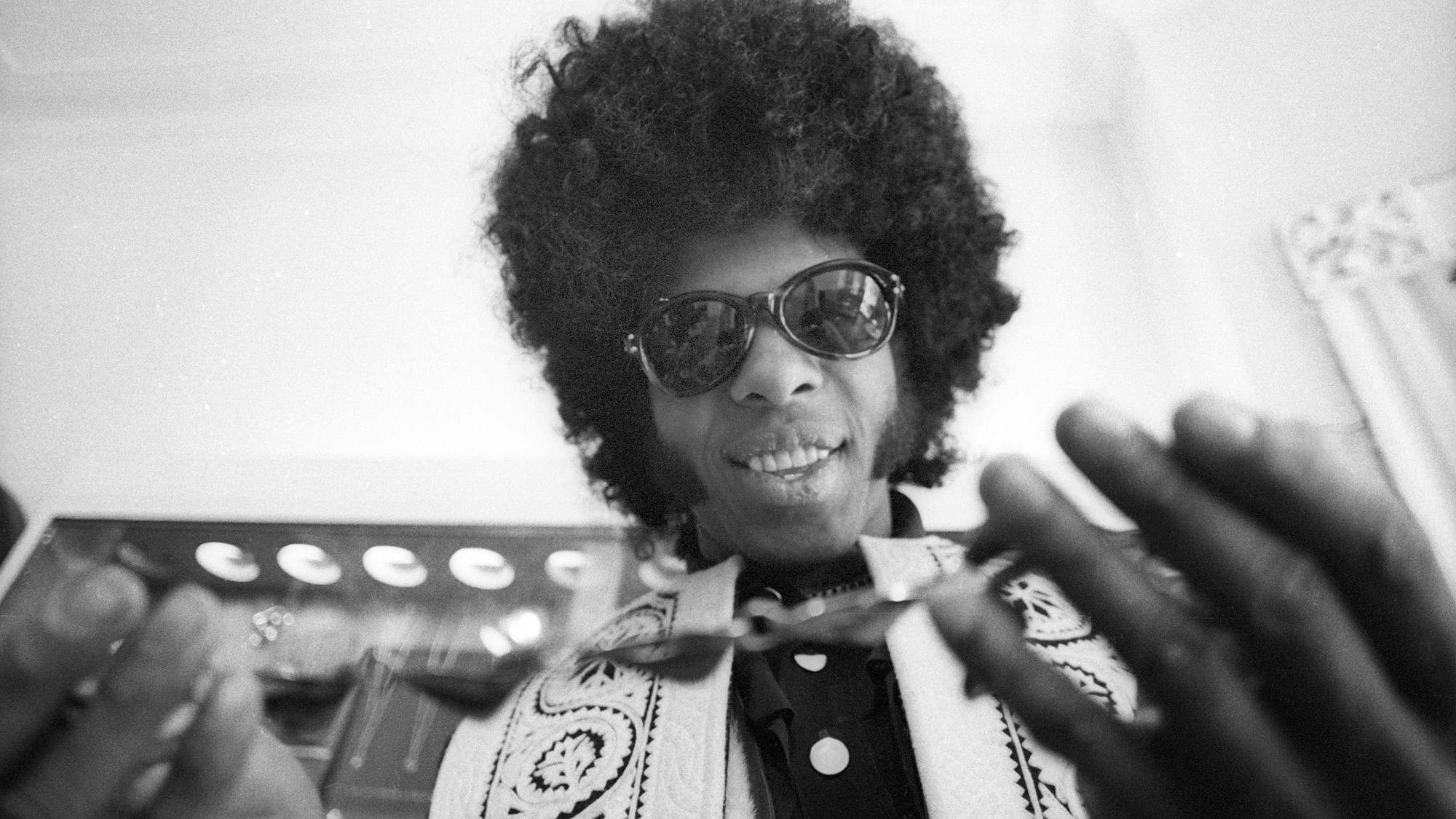 Sly Stone: The funk-rock visionary who became an addict and recluse
Sly Stone: The funk-rock visionary who became an addict and recluseFeature Stone, an eccentric whose songs of uplift were tempered by darker themes of struggle and disillusionment, had a fall as steep as his rise